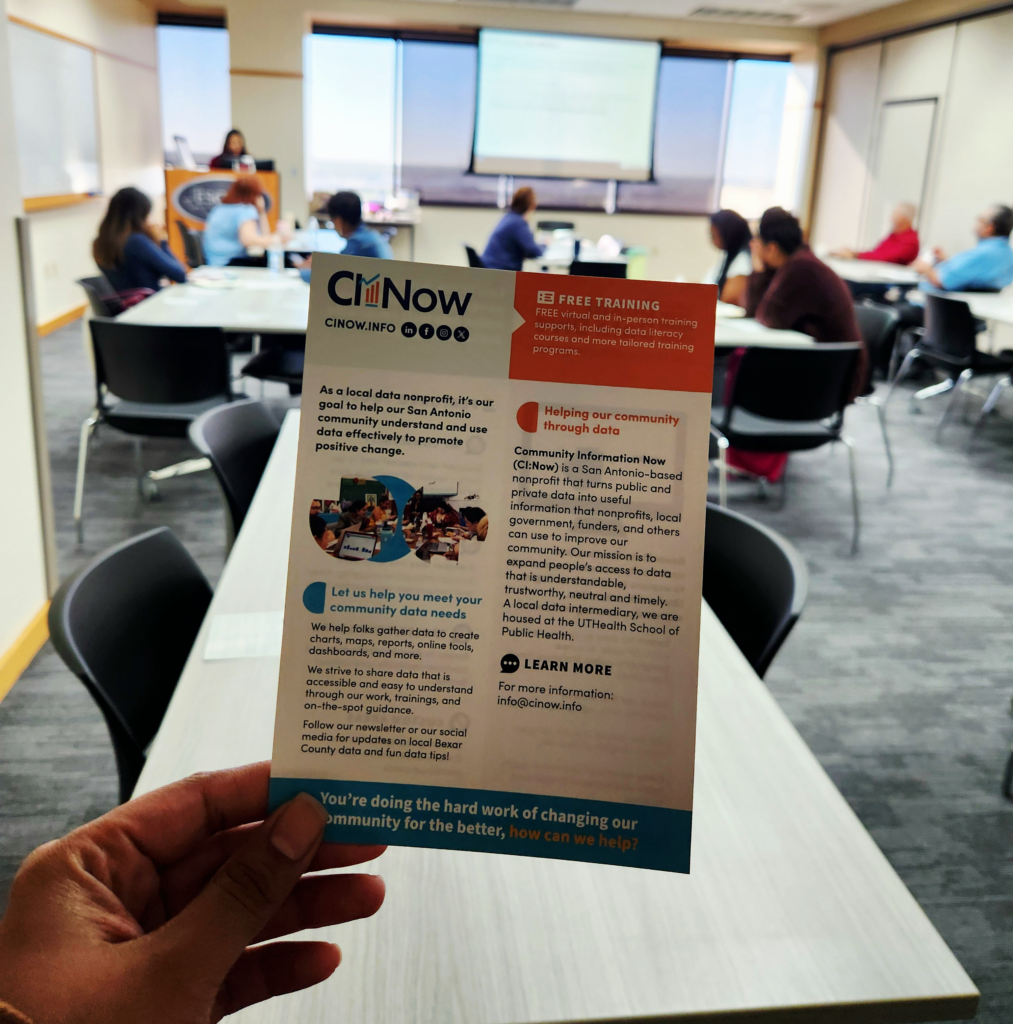The latest 2023 American Community Survey (ACS) data has been updated and is now available to explore and compare in Bexar Data Dive.
Why is ACS data important?
Collected by the U.S. Census Bureau, the ACS is one of the most valuable resources for social, economic, housing, and demographic data. It provides detailed insights for understanding the diverse needs and trends that shape our communities which helps policymakers, researchers, businesses, and residents make informed decisions with community planning, resource allocation, program evaluation and more. In fact, ACS data helps inform how trillions of dollars in federal funds are distributed each year and supports over 300 evidence-based federal government uses. Learn more about ACS here.
Why is the 2023 data being released now, in 2025?
American Community Survey (ACS) data is collected by sampling households across the United States over the course of the survey year. After the data is gathered, it goes through a structured process of quality control and statistical analysis. This process takes time, as the data must be thoroughly checked and refined to produce reliable estimates. Because of the complexity and volume of the data, it typically takes 12 to 18 months to process before it’s ready to release, which is why the 2023 data is being released in 2025.
How often is ACS data updated?
ACS data is updated annually with both 1-year and 5-year estimates, giving access to the most current data and information. New detailed tables were added in this release, including new tables on housing and race.
NOTE: Although 1-year estimates are more current, they are not available for smaller geographies since they might not have enough data in a single year to produce reliable estimates. 5-year estimates, on the other hand, offer more detail for smaller geographies because the five-year period allows for a larger sample size by combining information spread of several years. 5-year estimates are more stable and reliable and, therefore, provide a broader picture of changes over time.


